Real Life Incident: Ship’s Crew Dies From Parting Of Rescue Boat Wire Fall
The crew of a large vehicle carrier was concluding a routine launching drill of the rescue boat in port. As the craft was coming up to its normal stowage position, a proximity sensor/limit or cut-off switch arrangement, that was designed to cut electrical power to the winch motor failed to operate correctly. With the davit having come up hard against its stops, the hoisting motor continued to wind in the fall wire, causing it to part. The rescue boat and its four crew fell 29 meters in the water. One of the boat’s crew died and two were hospitalized.
The parted fall wire was observed to be in good condition and when tested after the accident, it achieved a breaking load of 137kN. Although the winch motor was rated with a nominal pull of 50kN, the maximum pull that it was capable of exerting when trying to overcome the increased resistance in the system during the final stages of hoisting would have rapidly exceeded the breaking load of the wire.
The proximity sensor/limit switch was tested in situ and was found to be defective. It had been installed in 2006, and during the ill-fated drill, was not tested before hoisting was commenced.

Inspection revealed evidence of water ingress (Figure 2), although subsequent tests showed that the switch malfunctioned due to an unrelated electronic fault.

During the investigations, it was also unexpectedly discovered that water had entered the foam-filled buoyancy spaces between the inner and outer fibreglass skins of the rescue boat’s hull (Figures 3 & 4).

The craft was found to be approximately 450 kg overweight.

Although the additional weight of water caused the davit’s SWL to be exceeded, it was established that this would not have caused the wire to fail.
Lessons learnt
- The maximum pull of a hoist winch can exceed its nominal pull several-fold, and therefore is likely to exceed the breaking loads of other system components unless this is prevented by a properly functioning ‘final stop’ or safety device;
- The proximity sensor/limit switch fitted to the davit was considered by its manufacturer to be inappropriate for use as a ‘final stop’ or safety device. Operators of all vessels fitted with similar davits and safety devices must understand the potential limitations of the switches and take immediate and appropriate corrective actions;
- The proximity switch was incorrectly fitted with its cable entry gland higher than the switch body thereby increasing the possibility of water ingress.
Corrective/preventative actions by davit makers
A notification was issued to customers advising them to:
- Test all proximity switches on each occasion before hoisting operations commence;
- Replace all proximity switches every two years;
- Exercise caution when using pressure washers in the vicinity of these sensors/switches.
- Main recommendations for ship operators
- Ensure that all devices (inductive or mechanical) fitted to boat davit systems to prevent overload are tested on each occasion before a boat is hoisted and that sole reliance is not placed on such devices;
- Follow manufacturers’ recommendations regarding the maintenance and periodic testing, examination and replacement of safety devices, seeking clarification from manufacturers where ambiguity exists;
- Verify the effectiveness of watertight seals on electrical equipment fitted to boat davit systems on weather decks.
Reference: nautinst.org
Do you have info to share with us ? Suggest a correction
- Real Life Incident: Vessel Collision in Good Visibility
- Real Life Incident: Severe Injury To Deck Crew While Leaving Berth
- Real Life Incident: Departure Damage in Very Restricted Waterway
- Real Life Incident: Low Situational Awareness Has High Impact Consequence
- Real Life Incident: Fouled Anchor in a Designated Anchorage
- Real Life Incident: Fire On Barge Carrying Scrap Metal Causes $7 Million Worth Of Damage
Latest Case studies Articles You Would Like:
Subscribe To Our Newsletters
By subscribing, you agree to our Privacy Policy and may receive occasional deal communications; you can unsubscribe anytime.










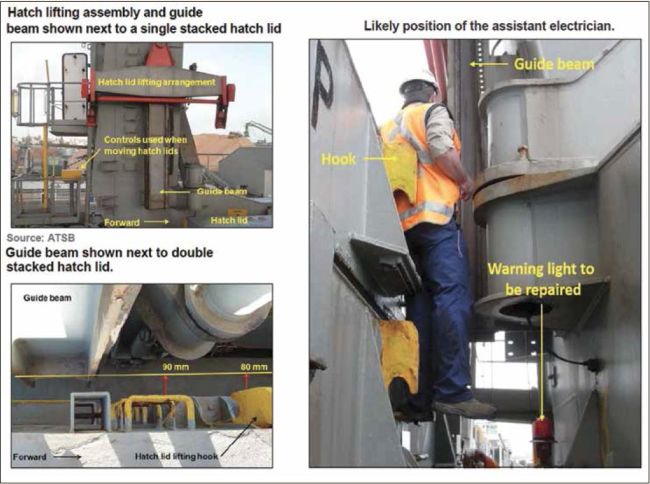
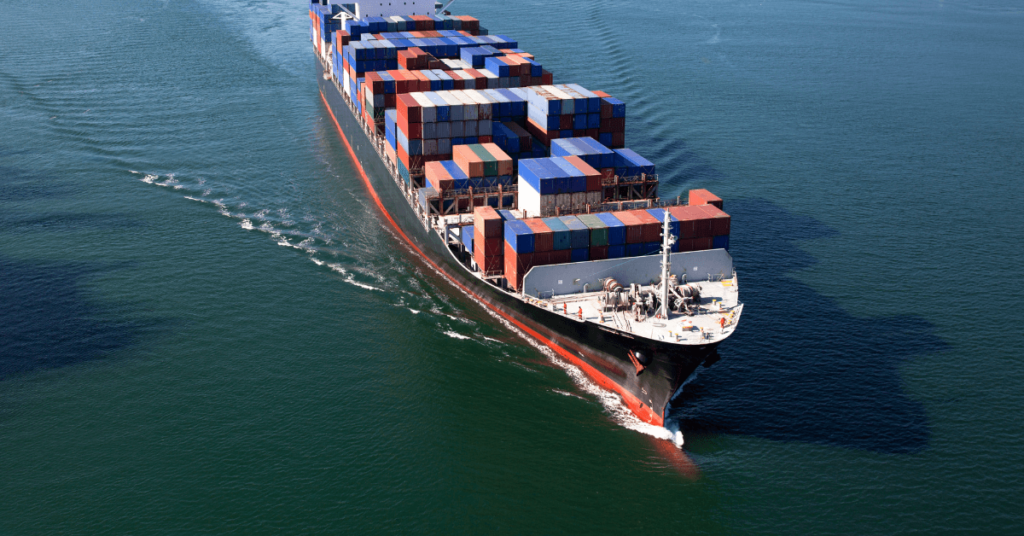
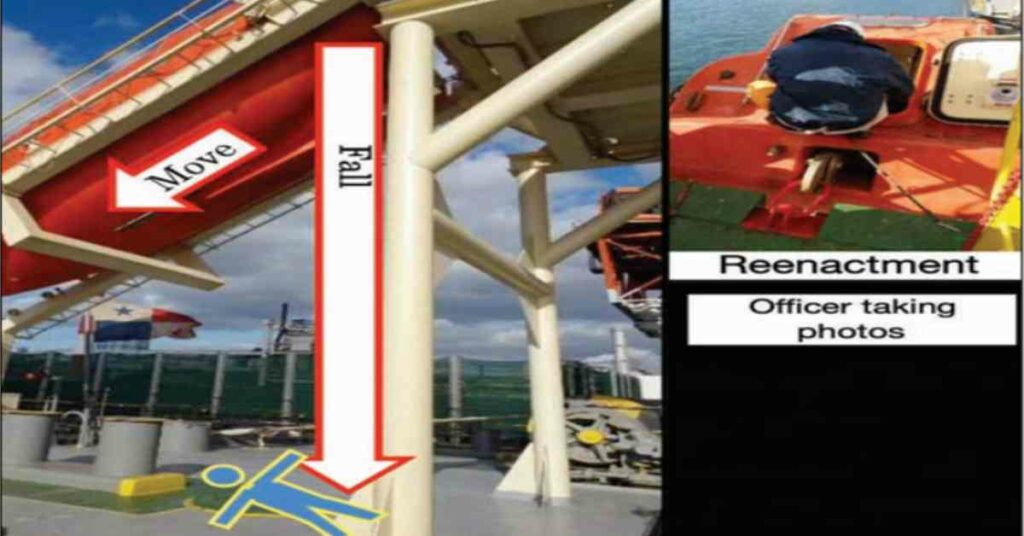
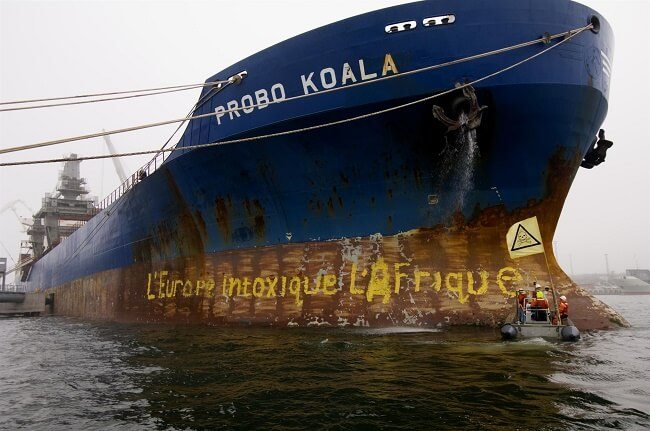
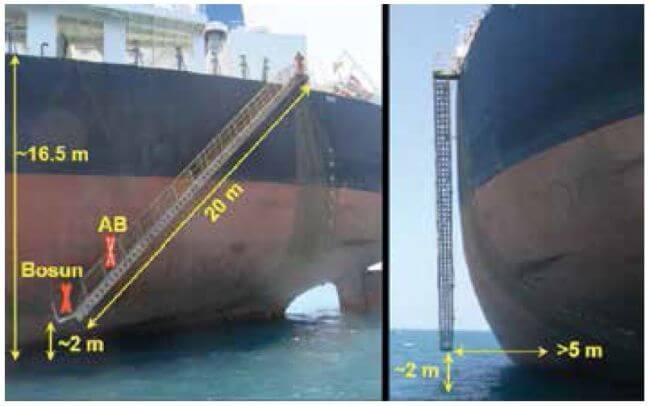

Hi,
it`s sad to see stories like that are repeating. I was 2`nd mate on a ship where we did the same procedure, lifting the MOB until it reached the limit switch.
The limit switch did not work, and the tension of the motor was stronger then the wire rope.
The wire rope burst. The MOB fell down on MOB deck, and into the sea.
Luckily the crew was disembarked on a lower level.
This electrical limit switches should in my opinion, have been forbidden.
Small plastic boxes, as easily might leak should not be trusted with the life’s of ships crew.
Another thing, it should never have been allowed to lift crew up to the limit switch.
Thanks
Capt. Kjell Arne Henriksen.
No crew should be in the boat as it is finally housed; disembark at deck level and stow the empty boat.
Afer all IMO reg., manufacturers instructions and a wide experience of the crew it’s really sad we still came nowhere, some tragic releted post and statement of facts conducted to a wide misinformed procedures we still go to tragedy witch result to loss of life. What if we care first of all about the safety of the crew, their safety return to the vessel after drill was conducted by all means, what they learned when boat was lifted maned, it is not about IMO, it is not about instructions of the manufacturers because the boat can be lifted back empty to stowage position it is about stupid bravery, routine and seniors lack of knowledge, preventive actions where not followed and this car carrier really doesn’t have a hull opening at a lower deck it was necessary to lift up 30m to disembark the crew?
Good day to all,
I heared that incident not once but more. I would suggest during rescue boat drill, much better not to allow the crew to board RB while lowering and hoisting operation, use ladder for safety reason, unless emergency situation.
Routine inspection and test of all safety devices and verifications should be done and to adhered.